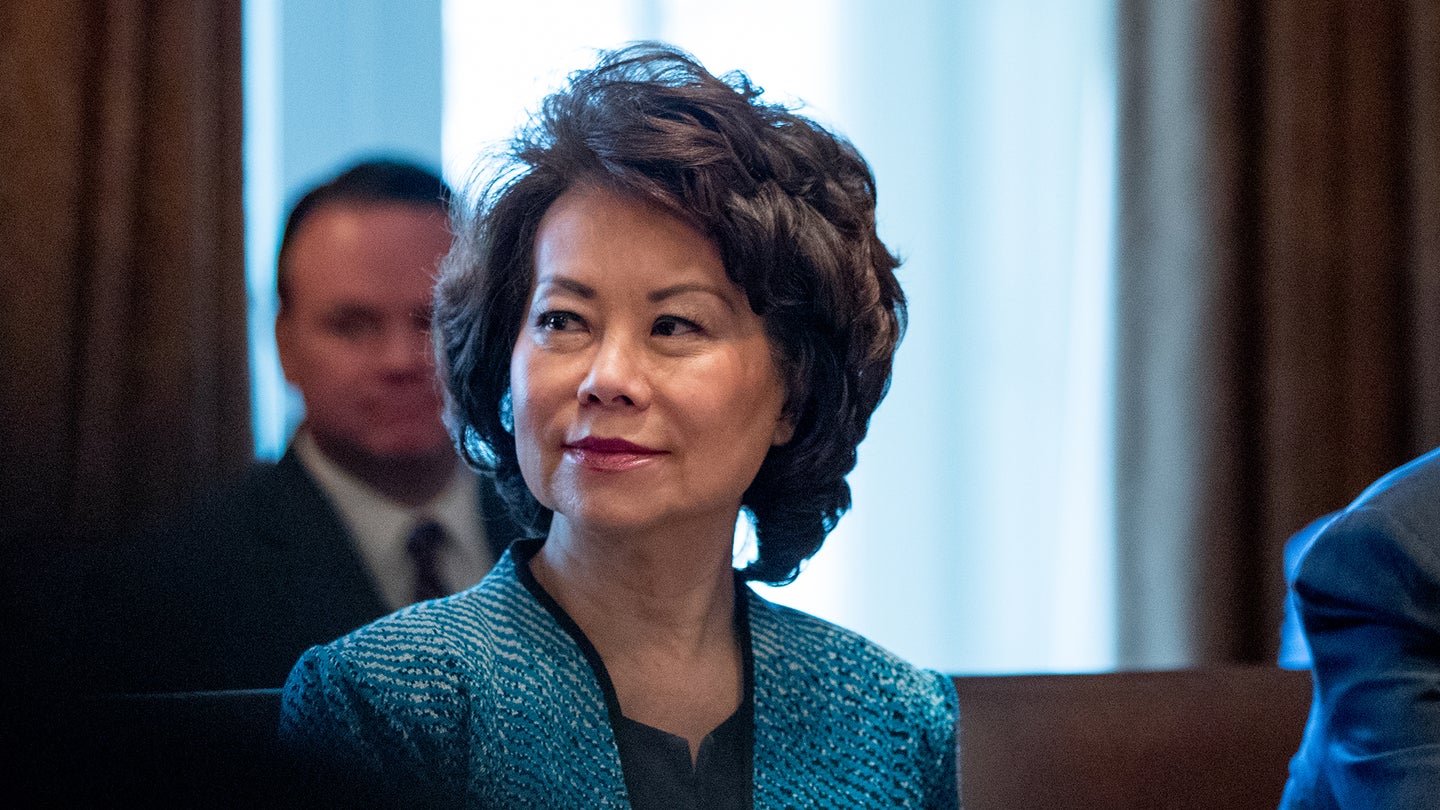Trump Administration Unveils Updated Self-Driving Car Guidelines
The new voluntary guidelines augment ones issued by the Obama Administration last fall.

Just under a week after the House of Representatives passed its first self-driving car regulations, the U.S. Department of Transportation has issued an updated set of voluntary autonomous vehicle guidelines for companies to follow.
The new Trump-era guidelines augment and revise policies issued last fall by the Obama Administration. By continuing with voluntary guidelines instead of legally-binding regulations, the federal government hopes it can maintain a high standard of safety without stifling innovation.
"We want to make sure those who are involved understand how important safety is," Transportation Secretary Elaine Chao told the Associated Press and other media at a self-driving car test facility in Ann Arbor, Michigan. "We also want to ensure that the innovation and creativity of our country remain."
Under the Obama-era rules, companies were asked to follow a 15-point safety assessment before putting autonomous test vehicles on the road. The Trump Administration version of the guidelines reduces that to a 12-point assessment. It still covers issues like cybersecurity, crash protection, and emergency backups, but no longer asks companies to consider ethics, privacy issues, or data sharing beyond crash information—points that were part of the previous guidelines.
Like the Obama-era guidelines, the new version emphasizes that the federal government determines whether self-driving cars are safe, not states. Since the guidelines have no legal authority, states are still free to enact their own self-driving car regulations. But the federal guidelines ask states not to pass laws that would inhibit testing. That's exactly what automakers, which are tired with the patchwork of state regulations, wanted to hear.
At the unveiling of the new guidelines, Mitch Bainwol, head of the Alliance of Automobile Manufacturers trade group, praised Chao for "providing a streamlined, flexible system" of guidelines.
But while the guidelines might make things easier for automakers and tech companies, critics are concerned they don't provide adequate safeguards.
"Self-driving cars have enormous potential to improve mobility and safety on our roads. But innovation must be accompanied by sensible, strong federal oversight," said David Friedman, director of cars and product policy and analysis at Consumers Union. He called the new guidelines "a clear step backward for consumer safety."
Chao said the guidelines will be updated again next year. Meanwhile, the federal government continues to grapple with self-driving cars and related technology.
Announcement of the new guidelines came the same day that the National Transportation Safety Board concluded that Tesla's Autopilot driver-assist system didn't malfunction in a fatal May 2016 crash, but said Tesla and other automakers should incorporate more safeguards in systems like this.
Last week, the House passed a bill designed to speed development of self-driving cars. It waives safety standards for a larger number of test vehicles than before, and aims to assert federal authority over states in rule making. The Senate is considering a companion bill.
